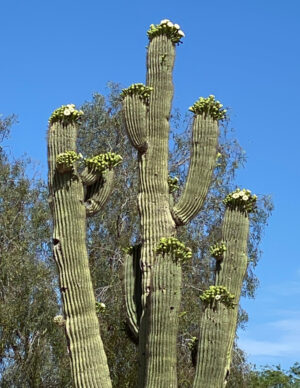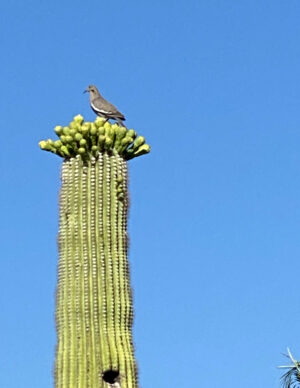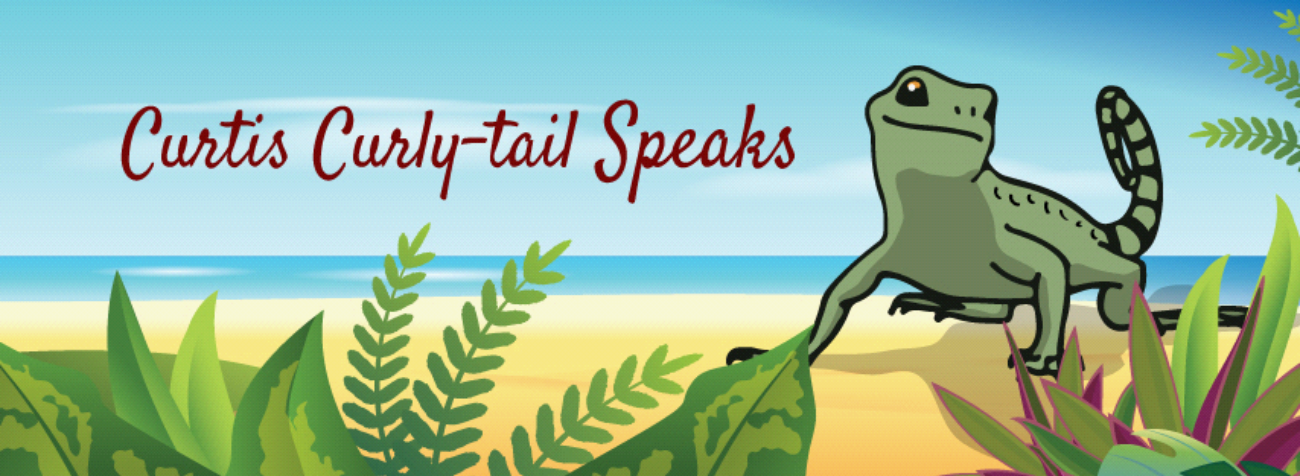The Science of Flower Arrangements!
With the plentiful winter rains, the saguaros (Carnegiea gigantea) have been thickly festooned with flowers this spring. Some of the columnar cacti have the flowers only on their tops, sitting like a cap or a neatly coiled ring.
Others have a disorganized grouping of flowers scattered around the top. This arrangement always makes me think of Trappist monks with bald pates surrounded by a fringe of hair.
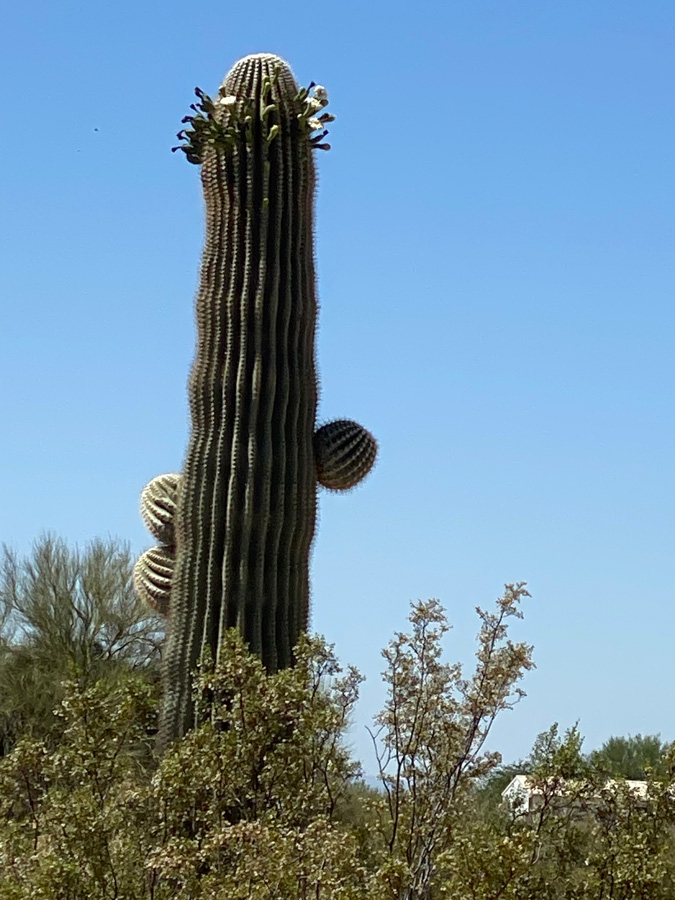
However, the ones that intrigue me are the saguaros, with the flowers cascading down the side of the trunk, creating a waterfall of blossoms. Saguaros very rarely produce flowers on their sides.
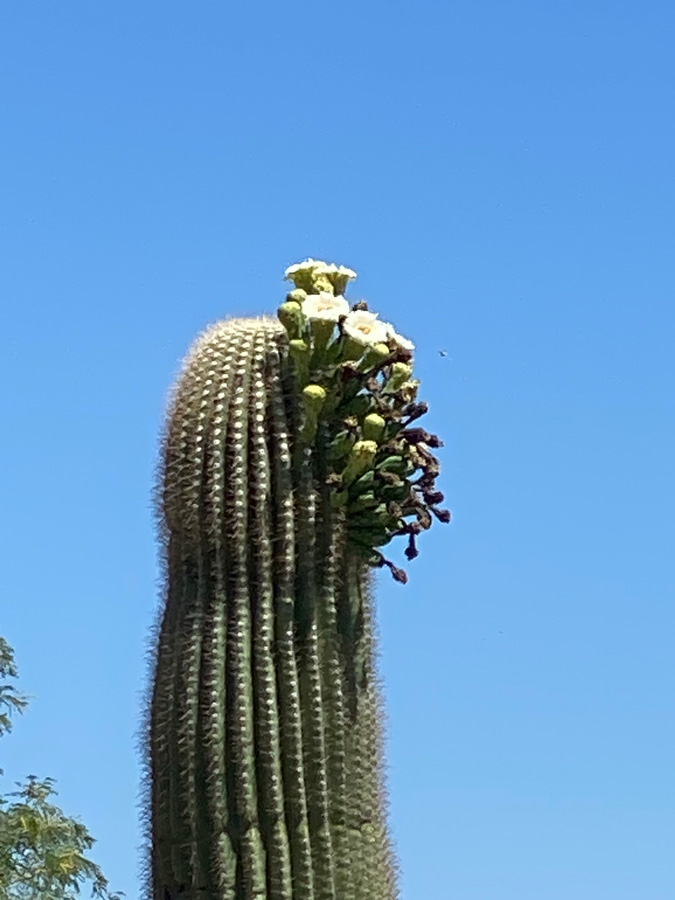
Nature’s Arrangement
I wondered why the placement of flowers on the cacti is different. Is it genetic? It seems many saguaros in an area all have the same flower arrangement. Or is it another reason? I was curious.
Scientists suspect the flowers blooming on the side indicate the plant is stressed. New areoles may be lacking if the saguaro didn’t have a successful growth period. The saguaro may utilize older areoles located further down the side.
Areoles are those areas on cacti where the clusters of spines grow. It’s what distinguishes them from other succulents. Areoles in saguaros are also where new branches and flowers grow. This is believed to be an adaptation to the desert environment.
Even though the Tucson area had rain over the winter, the precipitation can be spotty. A saguaro in an area with lower rainfall or extreme heat might be stressed and have reduced top flowers. Maybe that’s what’s going on with the scattered side-flowered saguaros. They are few and far between, as the saying goes.
Seeing the lush flowering of this important, iconic cactus is reassuring. These important plants are more than decorations for Western TV shows and movies. The flowers open at night and close the next afternoon, but the flowering season lasts for several weeks. All they get is 24 hours to be pollinated. The saguaro is, of course, a keystone species of the Sonoran Desert ecosystem. Bats, moths, and birds pollinate the flowers. They are attracted by the saguaro’s nectar and appealing odor. The bird on top of the saguaro above is a white-winged dove (Zenaida asiatica). The saguaro is the dove’s preferred food.
The bats involved in saguaro pollination are the Lesser Long-nosed bat (Leptonycteris curasoae) and the Mexican Long-tongued bat (Choeronycteris Mexicana). Both species are migratory and arrive in time to enjoy the saguaro flowers.
Not to neglect insects, honey (Apis mellifera) and carpenter (Xylocopa sp.) bees manage to get their chance at the flowers before they fade in the afternoon. Let’s not forget the magnificent-looking moths: the pink-spotted hawk moth (Agrius cingulate) and the white-lined sphinx moth (Hiles lineata).
Seeing the saguaros’ flowers brings joy to my life. Another Sonoran desert flower is one-night-only appearance of the Night-Blooming Cereus. You can learn more about in my picture book, Queen of the Night: The Night-Blooming Cereus.
To learn about our latest science-based children’s books and workbooks, to read our latest blog posts about reptiles, birds, cats, and gardening, in a variety of locations, and about how the books come to be, what inspires an author to write, and many more interesting aspects of the publishing business, fill in the box below and we will add you to our email list.
Thank you!
